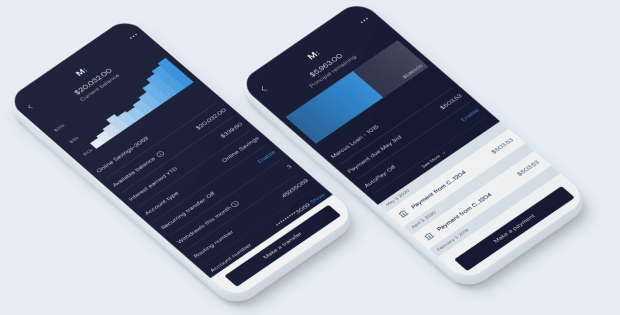Goldman’s Marcus Raises Rates — and Bar for Neobanks

In financial services, as in pretty much any vertical, there’s a concept known as the race to the bottom.
Generally speaking, we might view this as a jockeying among firms to cut prices, to lure consumers with the promise of the same (or better!) service for less money.
That strategy can only go so far … towards, well, free, as evidenced by the fact that, for example, stock brokerage commissions have plummeted to pennies or fractions of pennies or gratis.
In digital banking, we may see the very opposite of the race to the bottom, in a way. Call it the race to the top.
Goldman Sachs’ digital banking arm Marcus, as noted by Bloomberg, has boosted the rate paid on its high yield savings account to 1.7%, which marks a rebound to pre-pandemic levels, and up from last month’s 1.5%. Bloomberg noted that other firms such as Ally Bank have also raised rates, for example, to 1.6%.
But dig a bit deeper, and we see that other online providers are offering even higher APYs. SoFi, for example, is offering 2%. UFBDirect is offering 2.2%. LendingClub offers about 2.0%. Varo’s site advertises an initial 1.2%, which then pushes higher to 5% on qualifying accounts.
Examples abound of digital players reacting to the upward march of interest rates, yes, but also in a competitive shift that be a dramatic one over the near term. And Goldman, with its relatively (very) deep pockets can stand the race to the top, perhaps, better than its peers.
Looking to Sustain Margins
For the digital peers, the question becomes how net interest margins might be sustained. Ally Financial, for example, said in its latest results that NIM was more than 4%, for the first time in the country’s history. Part of that has to do with the boost in rates paid on earning assets; if rates also increase on deposits in a bid to keep customers in place (and attract new holders), the balancing act may become a bit tougher. Goldman has more than $100 billion in deposits, and like the other banks is seeking to craft an ecosystem that of course includes loans and credit cards, the latter in collaboration with General Motors and Apple.
It also generated $487 million in net interest income in its consumer and wealth management segment in the latest quarter, indicating that there is dry powder to keep investing into the business (even if companies like Ally have relatively higher deposits, at $140 billion, for example) and to help fund new offers and higher rates. In past earnings calls, management has clearly signaled, in the words of CFO Denis Coleman that the company will “drive deposit growth and support the other origination activities across our lending platforms.”
Read also: With Digital Checking, Goldman’s Marcus Looks to Create 153-Year-Old Neobank
The race to the top — at least the highest APY on the high yielding accounts — has begun in earnest.
